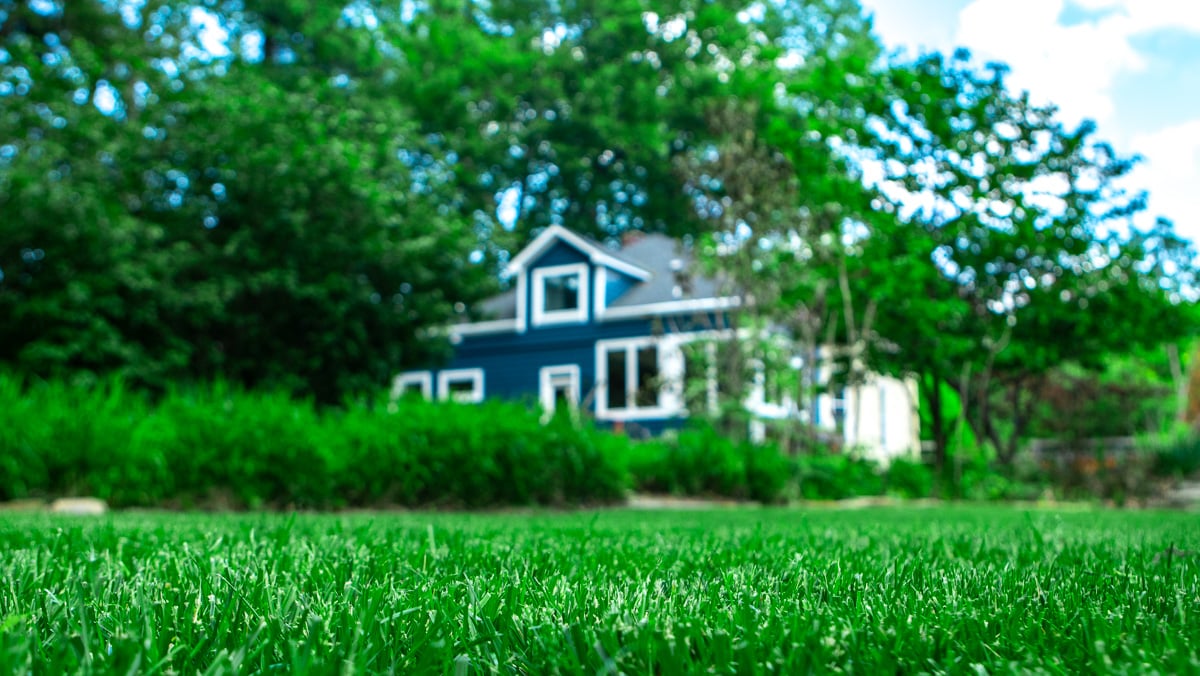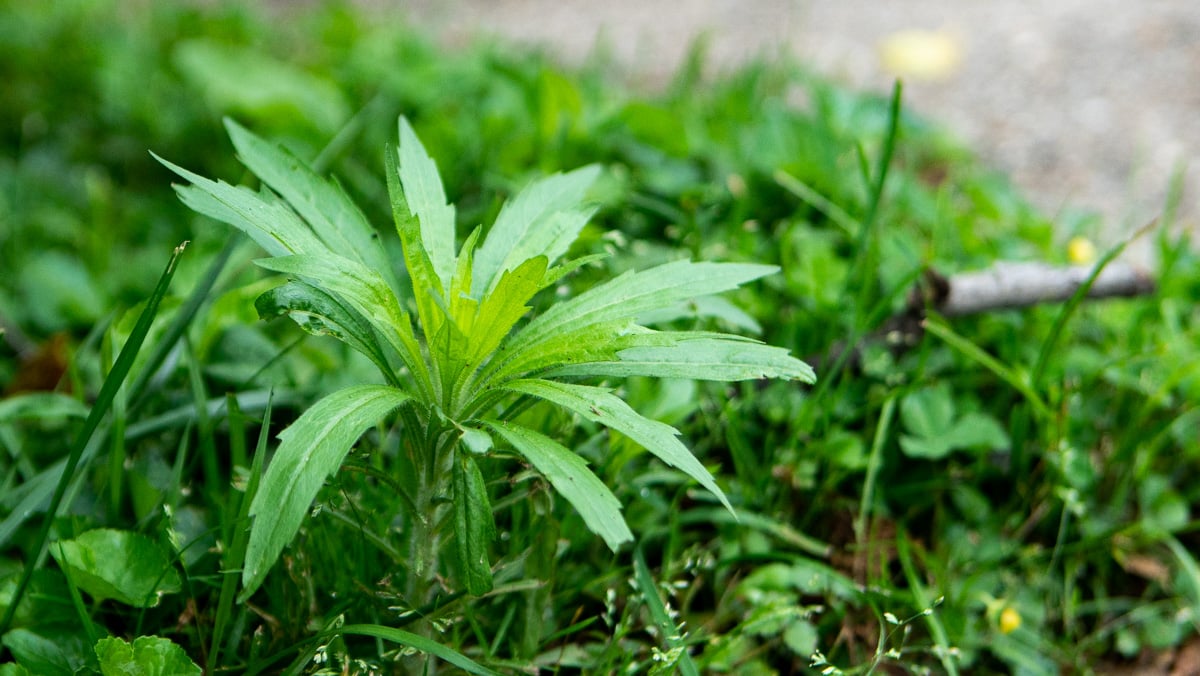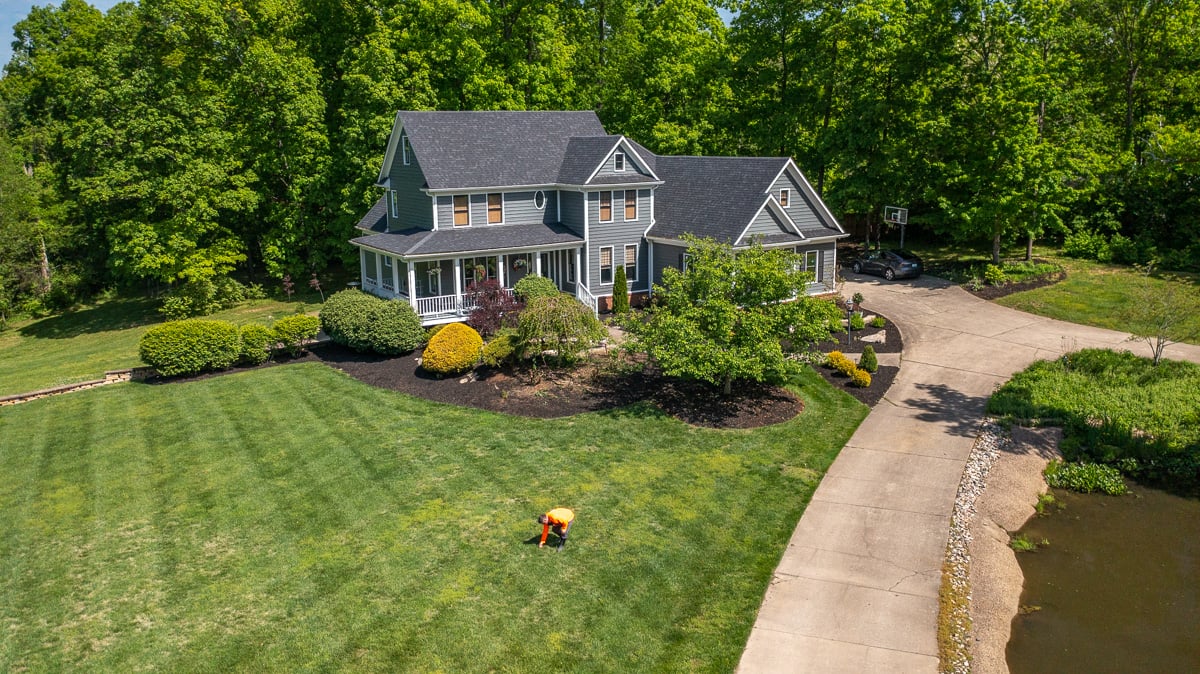

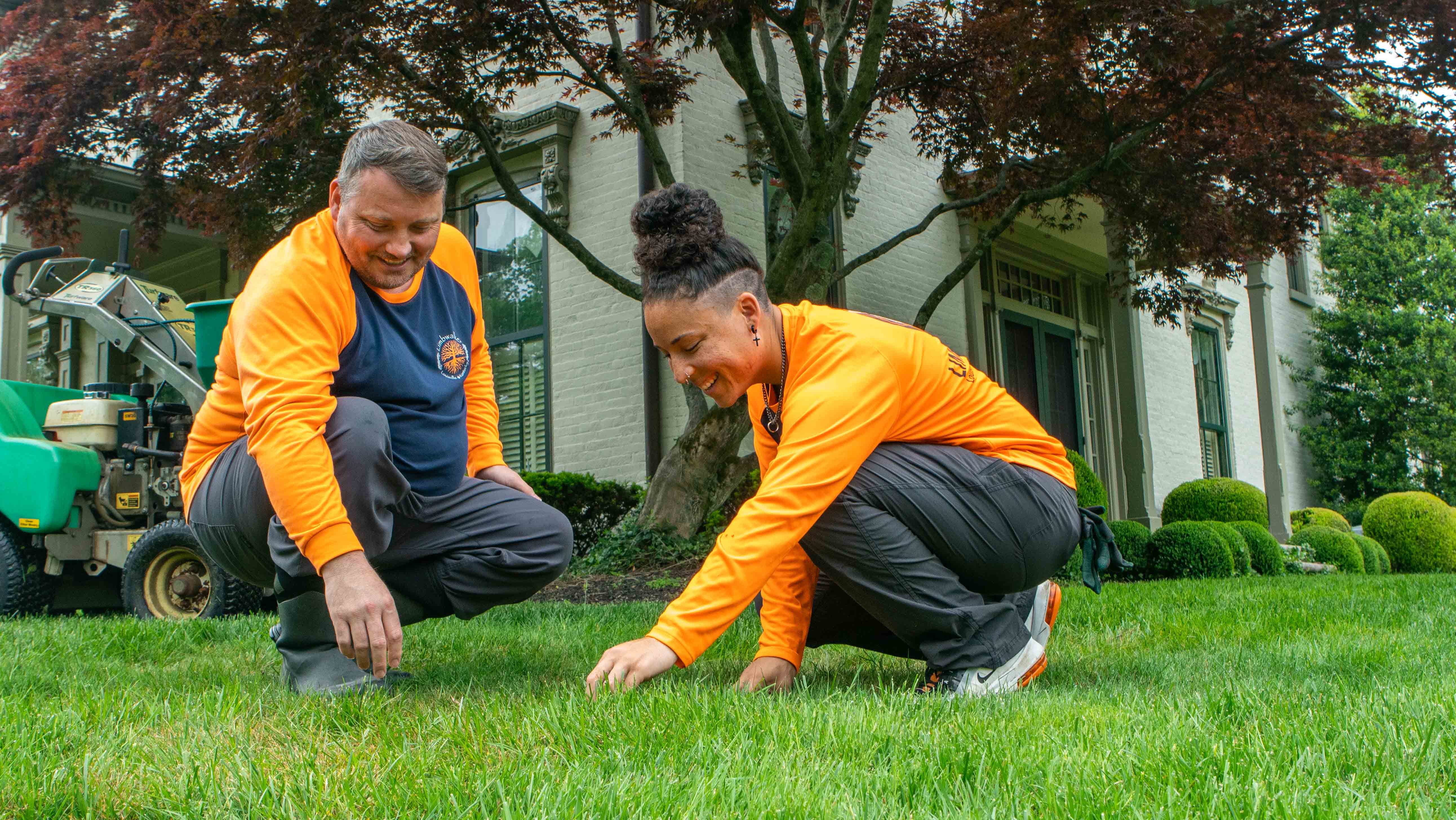
Lawn disease can be an incredibly frustrating problem to deal with at your Louisville, KY home. Even if you’re doing all the right things for your lawn’s health, sometimes grass diseases are simply inevitable. If the conditions are right, lawn fungus can start to grow.
Fortunately, when you’re smart about dealing with lawn disease, it doesn’t have to be a devastating problem. That’s why we’re talking about how to identify and ultimately control some of the most common grass diseases in Louisville, KY.
First and foremost, in order to deal with a lawn disease problem, you have to know what you’re facing. There are a lot of different diseases, but some are more prevalent than others.
Here are three that we see most often.
Like a lot of lawn diseases, Red Thread gets its name for its appearance. It has reddish or pink coloring that almost looks string-like in nature. It is one of the early lawn diseases that we tend to see during the growing season.
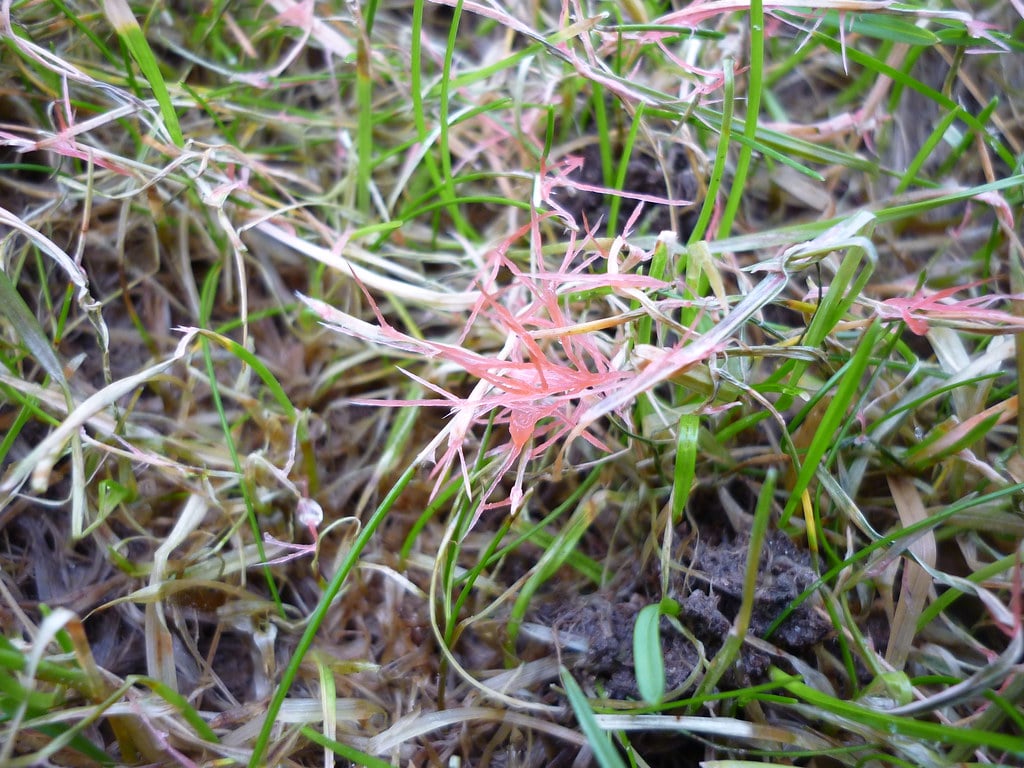
In addition to the red growth, a lawn infected by Red Thread also has grass that appears to be ragged, yellow, brown, and/or dying.
Another common disease that we see in our region is Brown Patch. Again, this disease has gotten its name because of its appearance. You’ll notice brown patches of grass throughout your lawn. It is the result of a moisture-loving fungus called Rhizoctonia Solani.
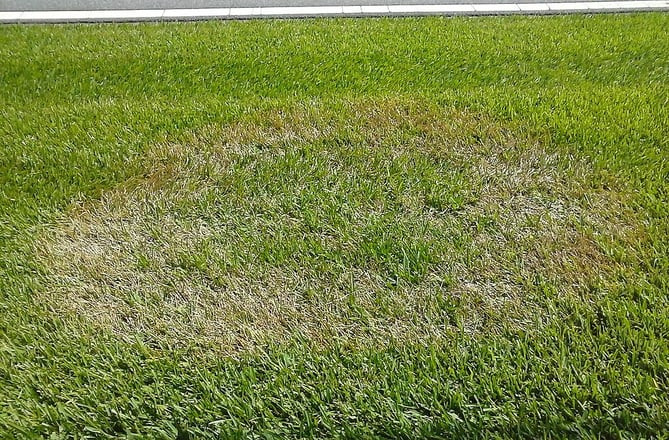
Of course, there are other issues that can cause brown patches in your lawn besides this disease. Grub damage, drought damage, or other insects are just a few possibilities. That’s why proper identification is key. Different problems require different solutions and the last thing that you want is to make the issue worse.
This is another common lawn disease in our area, and as you might have guessed, it is characterized by circular spots about the size of silver dollars. You might notice a brown border around each “spot.” While these spots often start out small, it doesn’t take long for them to grow together into larger areas of dead grass.
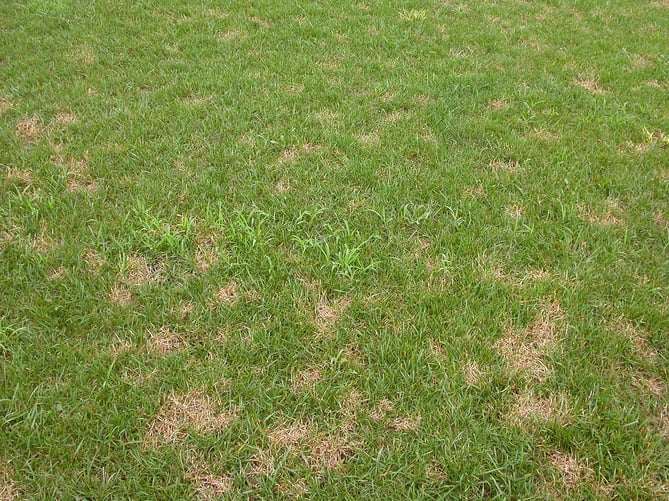
If all three of those factors are present, a disease can emerge and spread, even if your lawn is healthy.
Of course, it’s important to note that a healthy and thriving lawn is going to fare better against grass diseases, which is another reason why it’s important to keep your lawn in good health.
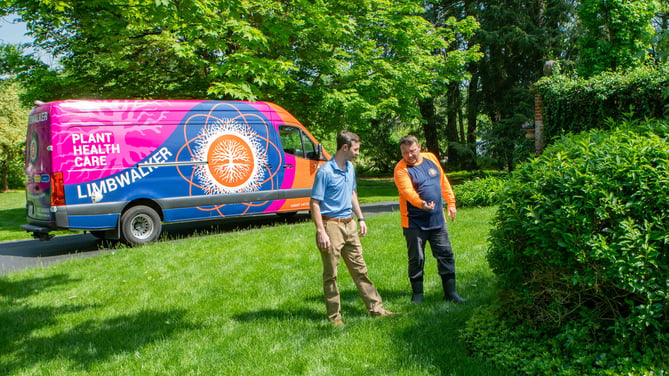
Healthy and striving lawns, in general, will hold up against problems better than those that are already struggling. If your lawn is in poor health, a grass disease could really ravage it in a short amount of time.
Now that you understand more about why lawn disease starts (and what types of lawn disease we tend to deal with), let us talk about lawn disease control.
Identifying a lawn disease problem early on is key to successful treatment. Oftentimes, lawn diseases can be addressed before they spread and become a bigger problem. Having a lawn care technician visiting your property as part of a lawn care program can help ensure that there is an eye on your lawn.
Of course, lawn fungus can spring up in between lawn care visits, so it also helps for you to be keeping a general eye on your turf’s performance.
At Limbwalker, we have three different lawn care program tiers: Silver, Gold, and Platinum.
In the Gold and Platinum packages, lawn fungus treatments are included. That means if you have one of these packages and your lawn starts dealing with a disease, those treatments will be free.
If you end up having lawn disease and you have the Silver program, you can add that service on or upgrade to Gold or Platinum. These professional fungicide applications will help to prevent the lawn fungus from spreading.
As we mentioned, it’s also important to keep your lawn in good health so that it can stand up to problems. While you can’t completely prevent grass diseases, you can set your lawn up for success if an outbreak occurs.
For instance, raising your mowing deck to 4” can make a huge difference. When you cut your lawn too short, you put it under a tremendous amount of stress. When this occurs, a lawn disease is going to have a much better chance of spreading.
In addition, proper watering habits are also important. We already have hot and humid weather here and evening rain showers can create a situation where fungal diseases incubate and thrive. You could make that problem worse by watering at night.
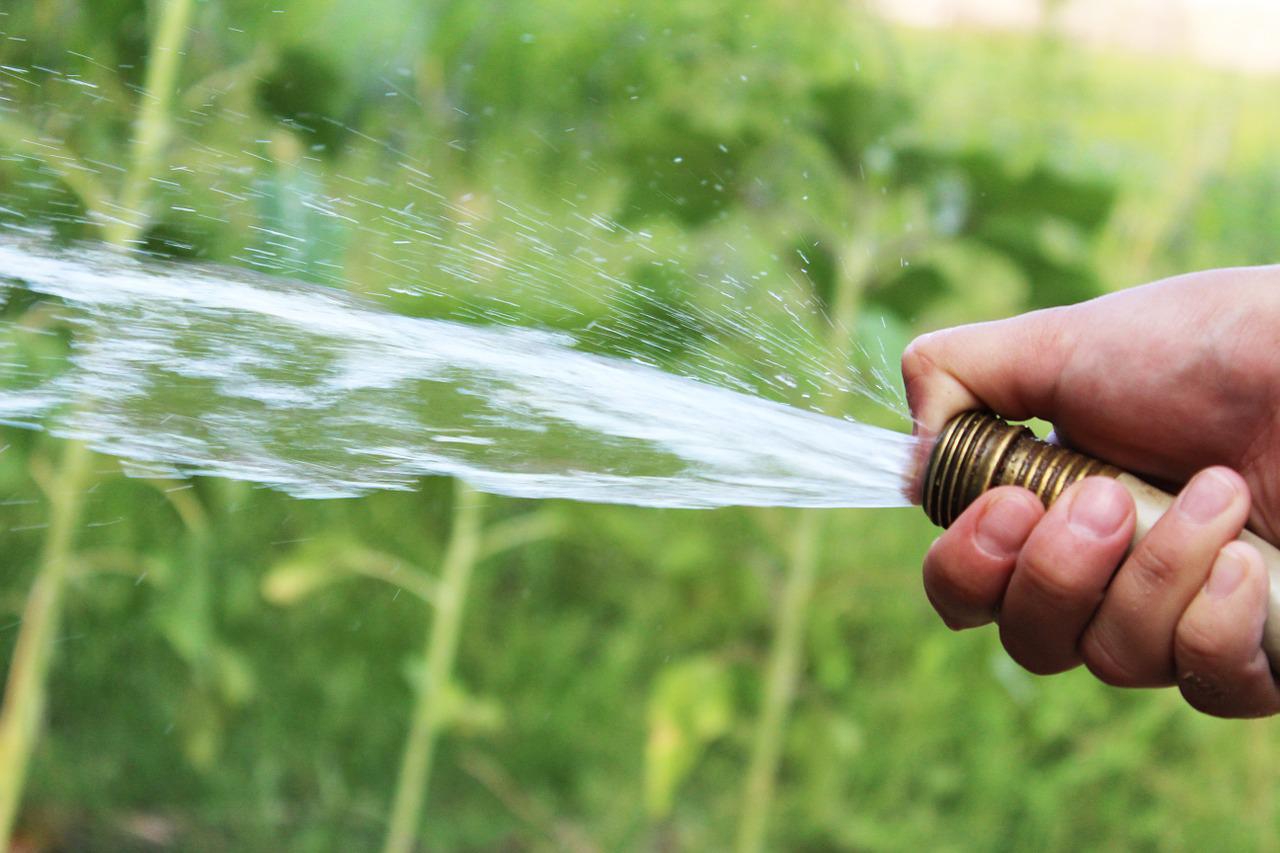
The trouble with watering your lawn in the late afternoon or evening is that you don’t provide enough time for evaporation to do its thing and get rid of excess water. Instead, the water that doesn’t get absorbed by the grassroots just sits on the lawn and can create fungal conditions.
The best time to water the lawn is in the early morning.
At the end of the day, if you want peace of mind that your lawn is going to continue to perform well, then you’ll want to consider partnering with a professional. Not only can a professional lawn care program get your lawn in the best possible health, but you’ll also have a pro searching for signs of trouble.
And, if you have the Gold or Platinum program at Limbwalker, you’ll also have lawn fungus applications included in your programs.
We understand that a lawn can be a lot of work—but the burden doesn’t have to be on you. A professional can help you get your lawn problems back under control.
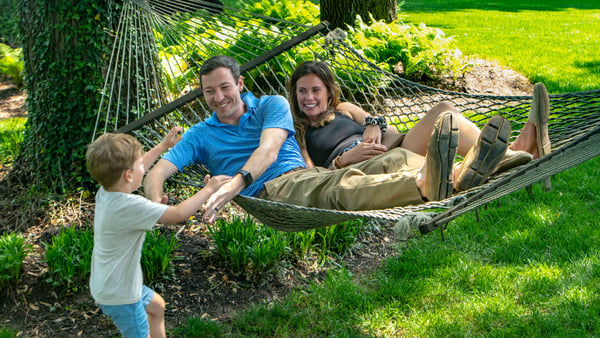 Are you ready to have a thick and healthy lawn that’s getting everything it needs at your Louisville, KY home? Get in touch with us to get a quote for our lawn care programs, which include three lawn care pricing options.
Are you ready to have a thick and healthy lawn that’s getting everything it needs at your Louisville, KY home? Get in touch with us to get a quote for our lawn care programs, which include three lawn care pricing options.
Image Sources: Dollar Spot, Red Thread Disease in Lawns, Brown Patch


